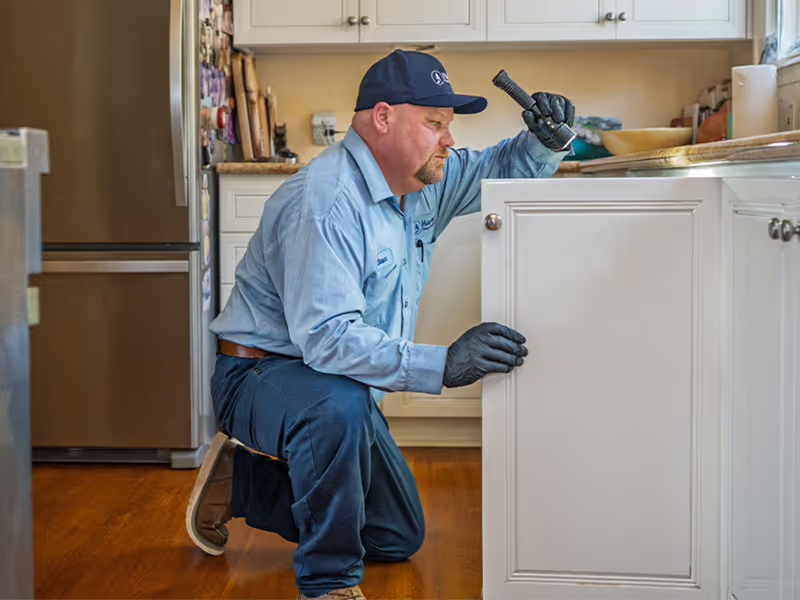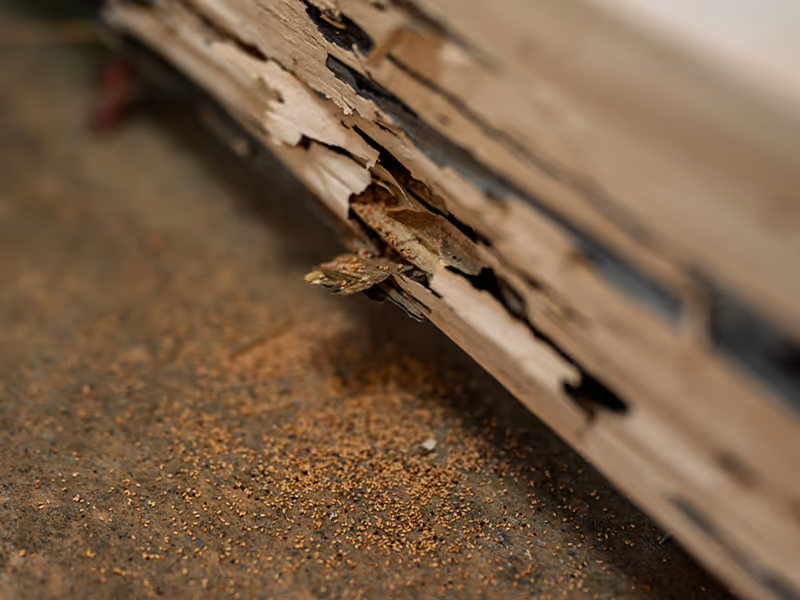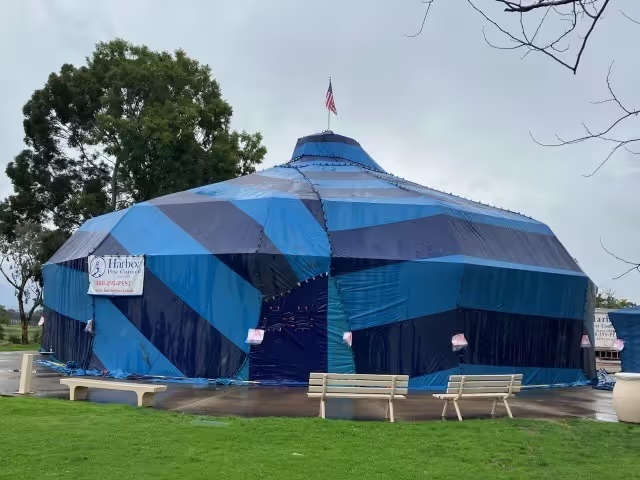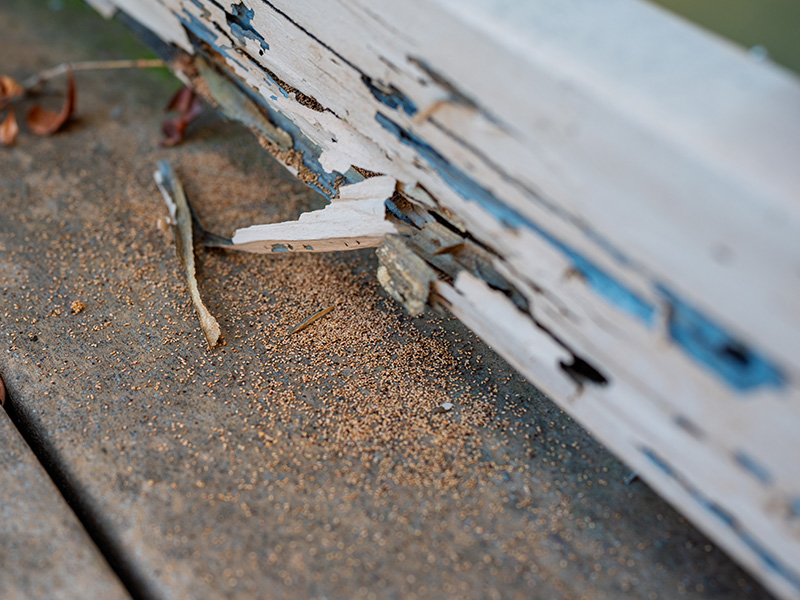Wood Provides the Necessary Nourishment
Termites, whether western subterranean or drywood, consider wood a delicacy. They’ll chew through dry, damp, or rotted wood without hesitation. What makes them so effective is their gut, filled with protozoa—tiny organisms that produce the enzymes necessary to digest cellulose. Once termites extract the cellulose from wood, these enzymes break it down into sugars, giving termites the energy they need to thrive.
Wood Is Both Home and Food
Termites indeed eat wood to survive, but it also becomes their home. Termites use their strong mandibles to carve out galleries where the colony lives and reproduces. As new eggs hatch, worker termites burrow deeper, expanding these hidden tunnels. The result? Damage that often goes unnoticed until it’s severe.
Western subterranean termites typically prefer wood in contact with soil or areas with high moisture, making basements, crawl spaces, and wooden foundations prime targets for infestation. Drywood termites, on the other hand, can infest dry wood without relying heavily on moisture, meaning they can silently damage furniture, structural beams, and hardwood floors.
No matter the species, termites don’t discriminate; they’ll target all types of wood to support their colony. That’s why long-term termite control is crucial. Over-the-counter pesticides often aren’t enough. A professional, customized treatment plan is the best way to protect your property.
Termites Don’t Just Eat Wood
Termites feed on anything that contains cellulose. Paper, cardboard, bark, and plants can all become potential food sources. Moisture can accelerate the damage of subterranean termites, but drywood termites need little of it, which makes them particularly destructive in homes and offices.
Protecting San Diego Homes with Proven Termite Solutions
Whether you’re battling western subterranean termites or drywood termites, locally owned and family-operated Harbor Pest Control has the expertise and tools to protect your home from these wood-destroying insects.
For subterranean termites, we rely on Termidor® HP, the gold standard in liquid termite treatments. This advanced formula is applied with precision to create a continuous, invisible barrier around your home’s foundation. Termites can’t detect it, so when they come into contact with the treatment, they spread it throughout their colony, eliminating the entire population at the source. It’s a fast, powerful, and long-term solution trusted by homeowners across San Diego.
When it comes to drywood termites, Harbor Pest Control offers a range of effective options tailored to your situation. For active infestations, whole-home fumigation ensures complete eradication, even in hard-to-reach or concealed areas. If activity is isolated, we can perform targeted spot treatments to resolve the problem without significant disruption. And for homeowners focused on prevention, Borate applications protect exposed wood surfaces by making them unappetizing to future termite invaders.
Our team begins every service with a comprehensive inspection to identify the termite species present, the extent of the damage, and the treatment strategy that will deliver the best results. You’ll receive a clear explanation of your options, no guesswork, no upsells, just honest, professional guidance from a local company that’s been protecting homes in San Diego, Coronado, La Jolla, and surrounding areas since 1948.
For added peace of mind, Harbor Pest Control also offers termite re-treatment warranties for qualifying services. That means if termites return, we’ll come back out to re-treat—at no additional cost within your coverage period.
From the foundation to the rafters, we’re committed to keeping your home termite-free for years to come.
Protect your investment by scheduling your termite inspection with Harbor Pest Control today and discover why San Diego homeowners have trusted our termite control solutions for generations.
This blog was originally published on May 1, 2018, and has been updated to reflect the most current information.


















